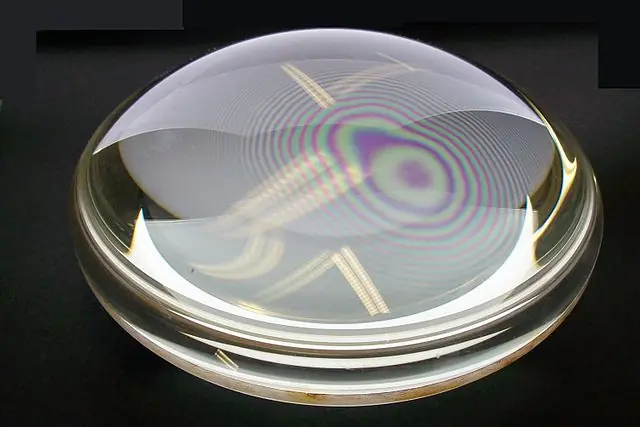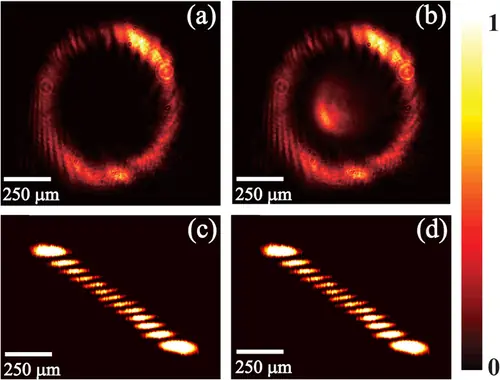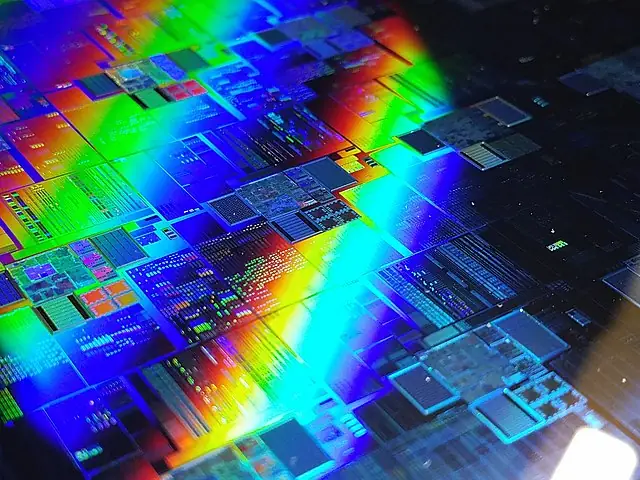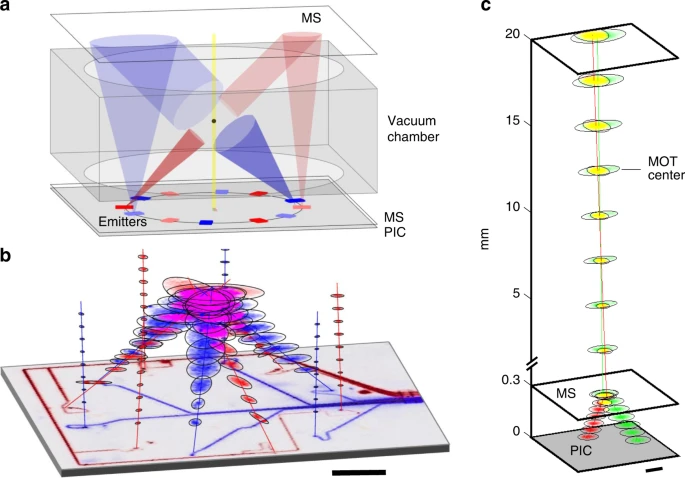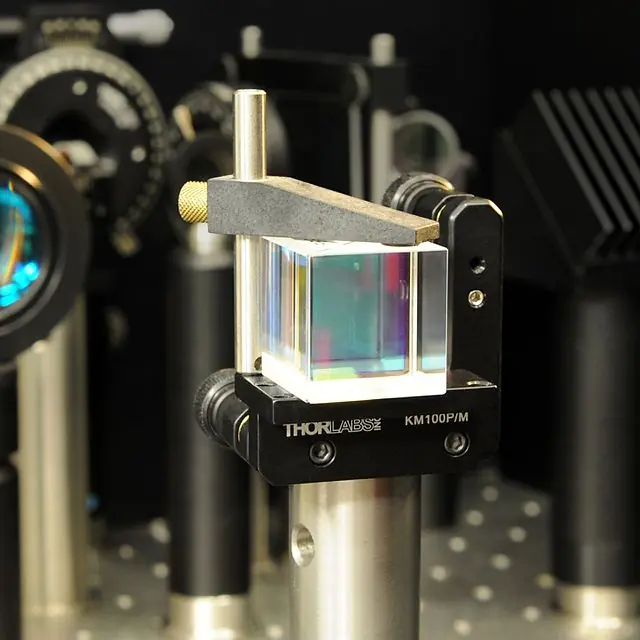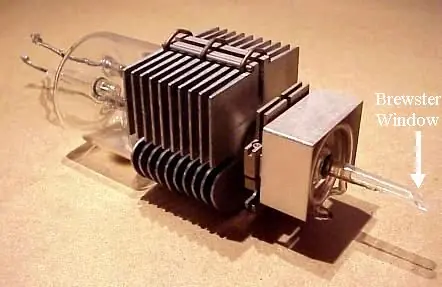Laser Beam Steering Techniques: A Comprehensive Guide
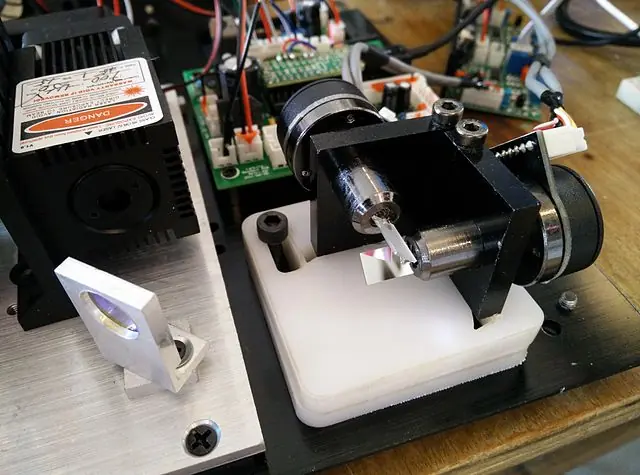
Laser beam steering techniques are an essential aspect of modern technology, playing a critical role in a range of applications, from scientific research to industrial manufacturing. In this article, we will explore the different types of laser beam steering techniques and their applications.
Types of Laser Beam Steering Techniques
There are several different types of laser beam steering techniques. Each technique has its unique advantages and disadvantages, making it suitable for particular applications. Some of the commonly used techniques are:
Electro-optic Steering: This technique involves changing the refractive index of a material using an applied electric field. The electric field induces a change in the material’s birefringence, leading to a deflection of the laser beam. Electro-optic steering is used in applications such as laser communication, lidar, and remote sensing.
Acousto-optic Steering: In this technique, a high-frequency acoustic wave is passed through a material, leading to a periodic modulation of the refractive index. This modulation results in a change in the refractive index and causes the laser beam to be deflected. Acousto-optic steering is used in applications such as laser scanning, optical communications, and spectroscopy.
Micro-electro-mechanical Systems (MEMS) Steering: MEMS-based steering uses microscale moving parts to steer the laser beam. The MEMS devices are fabricated using semiconductor technology and can be designed to provide fast and precise beam steering. MEMS-based steering is used in applications such as displays, optical switching, and imaging systems.
Liquid Crystal Steering: In this technique, a liquid crystal material is used to change the polarization of the laser beam, leading to a deflection. Liquid crystal steering is used in applications such as displays, adaptive optics, and beam shaping.
Galvanometer Steering: This technique uses a rotating mirror to steer the laser beam. The mirror is mounted on a galvanometer motor, which can rotate the mirror to deflect the laser beam. Galvanometer steering is used in applications such as laser marking, laser cutting, and laser engraving.
Diffraction Steering: This technique involves passing the laser beam through a diffraction grating, leading to the beam being diffracted at a particular angle. Diffraction steering is used in applications such as holography, laser spectroscopy, and laser interferometry.
Comparison of Laser Beam Steering Techniques
To determine the most suitable laser beam steering technique for a particular application, several factors need to be considered. These factors include speed, precision, power consumption, cost, and ease of implementation. A comparison chart of these factors is shown below:
| Technique | Speed | Precision | Power Consumption | Cost | Ease of Implementation |
|---|---|---|---|---|---|
| Electro-optic | High | High | Low | High | Medium |
| Acousto-optic | High | Medium | Low | High | Medium |
| MEMS | High | High | Low | High | Low |
| Liquid Crystal | Medium | High | Low | Low | Medium |
| Galvanometer | Low | High | High | Low | High |
| Diffraction | Low | High | Low | High | Low |
From the comparison chart, we can see that each technique has its unique advantages and disadvantages. For applications that require high precision and speed, electro-optic and MEMS-based steering are suitable. For applications with low power consumption and cost, liquid crystal and diffraction steering are ideal. Galvanometer steering is suitable for applications that require high precision but have low speed requirements.
Conclusion
Laser beam steering techniques are crucial for numerous modern applications, from industrial manufacturing to scientific research. Each technique has its unique strengths and weaknesses, making it suitable for specific applications. Choosing the most appropriate technique requires careful consideration of factors such as speed, precision, power consumption, cost, and ease of implementation. As technology continues to advance, we can expect further developments in laser beam steering techniques, leading to even more efficient and precise applications.

